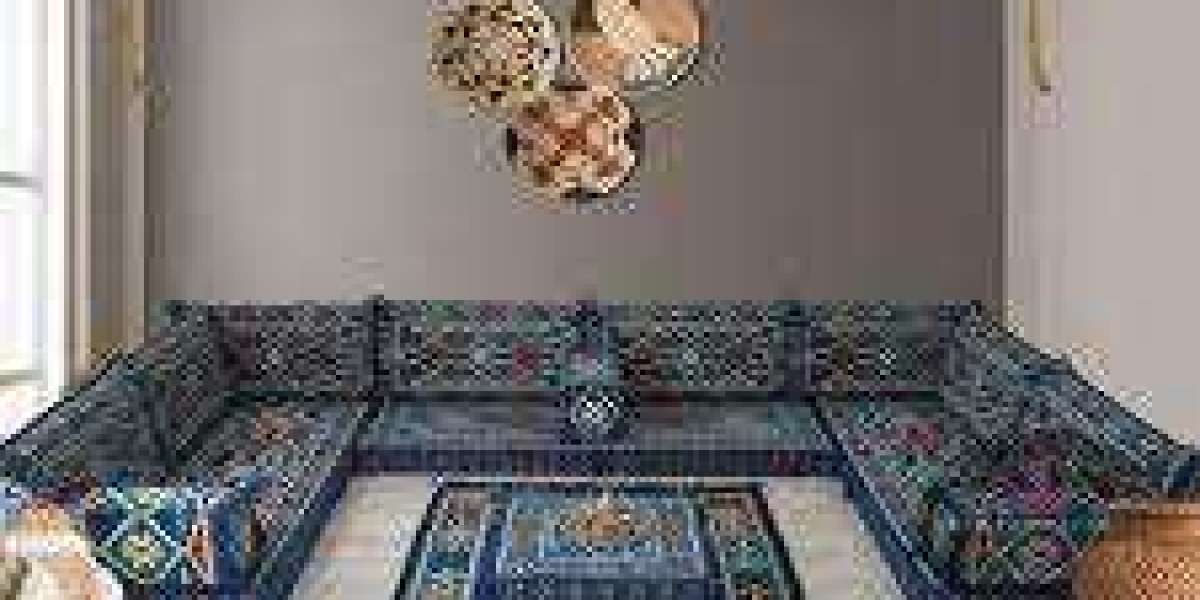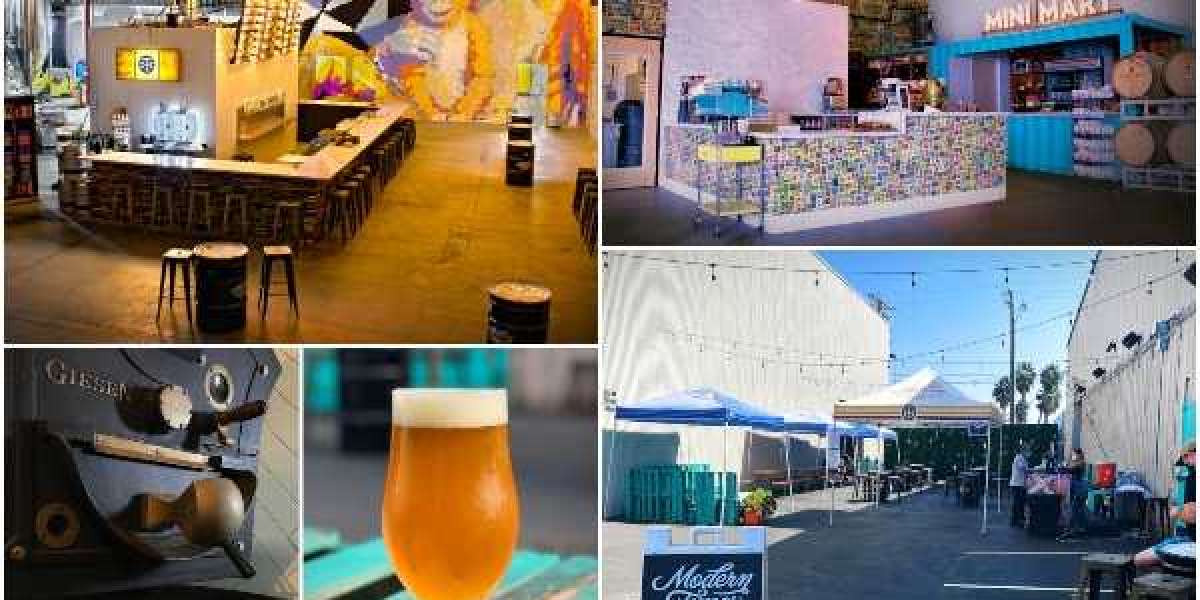The Arabic majlis, a term that translates to "a place of sitting" in English, is a cultural gem that reflects the rich traditions and hospitality of the Arab world. Rooted in the Arab way of life, the majlis is more than just a physical space; it is a symbol of communal bonding, cultural expression, and timeless elegance. In this blog post, we will delve into the fascinating world of the Arabic majlis, exploring its historical significance, design elements, and the enduring spirit of hospitality that it embodies.
Historical Roots:
The origins of the Arabic majlis can be traced back centuries, deep into the heart of Arab culture. Historically, the majlis was a place where tribal leaders, intellectuals, and community members gathered to discuss important matters, make decisions, and share stories. It served as a vital space for dialogue and consensus-building, contributing to the social fabric of Arab societies.
Over time, the concept of the majlis has evolved to encompass various aspects of daily life. It is not only a forum for discussions but also a place for relaxation, entertainment, and the forging of bonds between family and friends. In contemporary times, the majlis has become an integral part of Arab homes, often representing the focal point of social gatherings.
Design Elements:
The design of an Arabic majlis is characterized by a harmonious blend of tradition and luxury. Let's explore some key design elements that contribute to the unique aesthetic of the majlis:
Floor Seating: Traditional majlis seating is often arranged on the floor, featuring comfortable cushions and low tables. This arrangement encourages a sense of closeness and intimacy among the participants.
Rich Textiles: Majlis interiors are adorned with opulent textiles, such as intricately patterned carpets, plush rugs, and luxurious drapes. These textiles contribute to the warmth and inviting atmosphere of the space.
Geometric Patterns: Arabesque geometric patterns are a hallmark of Arabic design. These intricate patterns can be found on various elements within the majlis, from wall decorations to furniture, creating a visually stunning environment.
Calligraphy: Arabic calligraphy, with its flowing and artistic script, is often incorporated into the design of the majlis. It may appear on walls, decorative items, or even on cushions, adding a touch of cultural authenticity.
Natural Elements: Many majlis designs incorporate natural elements, such as plants and water features, creating a serene ambiance. These elements not only enhance the aesthetic appeal but also connect the space to the natural world.
Spirit of Hospitality:
One of the most enchanting aspects of the Arabic majlis is its embodiment of hospitality. The majlis is a place where guests are not just received but embraced with open arms. The host takes pride in creating a welcoming atmosphere, ensuring that guests feel comfortable and valued.
Traditional Welcome: The act of welcoming guests in the majlis involves serving Arabic coffee (Gahwa) and dates. This symbolic gesture signifies the host's genuine desire to make guests feel at home and to establish a connection.
Sharing Stories and Traditions: The majlis serves as a space for the sharing of stories, traditions, and wisdom. It is a place where generations come together, passing down cultural heritage and fostering a sense of continuity.
Culinary Delights: Hospitality in the majlis extends to culinary offerings, with hosts often serving an array of delicious traditional dishes. The experience of sharing a meal in the majlis is not just about the food; it is a celebration of togetherness.
Conclusion:
The Arabic majlis stands as a testament to the enduring cultural values of the Arab world. Beyond its exquisite design and aesthetic allure, the majlis is a living expression of hospitality, community, and shared heritage. As we celebrate the elegance of the Arabic majlis, we also acknowledge its ability to transcend time and space, creating a haven where the past, present, and future converge in a tapestry of cultural richness.














